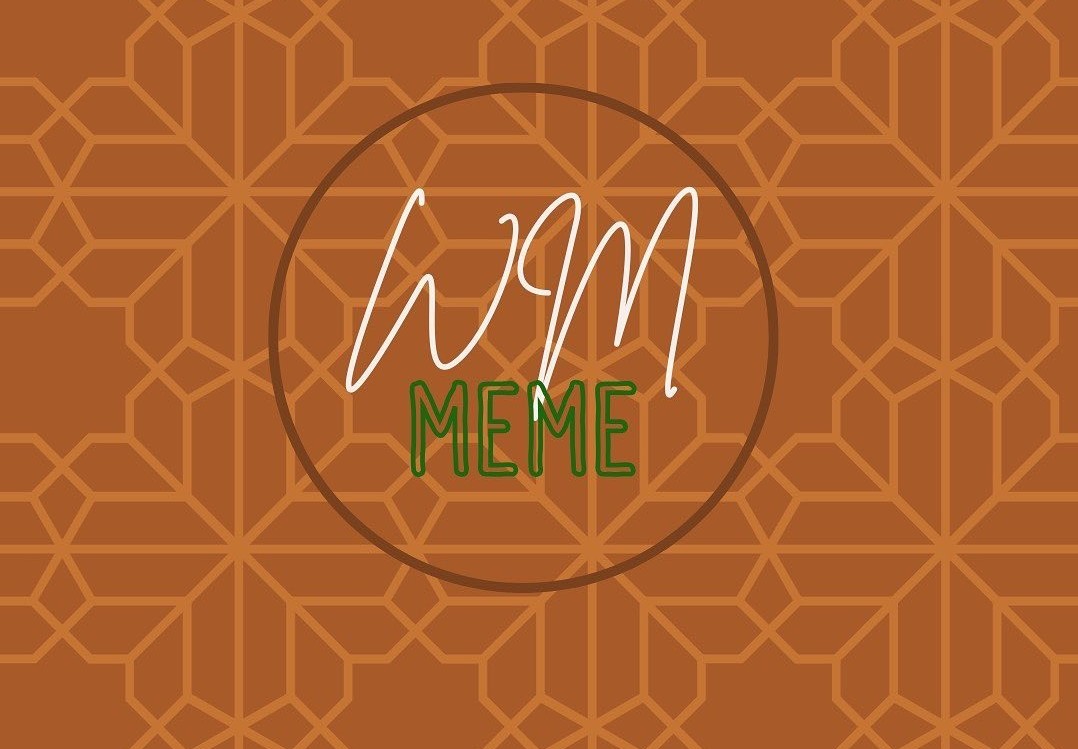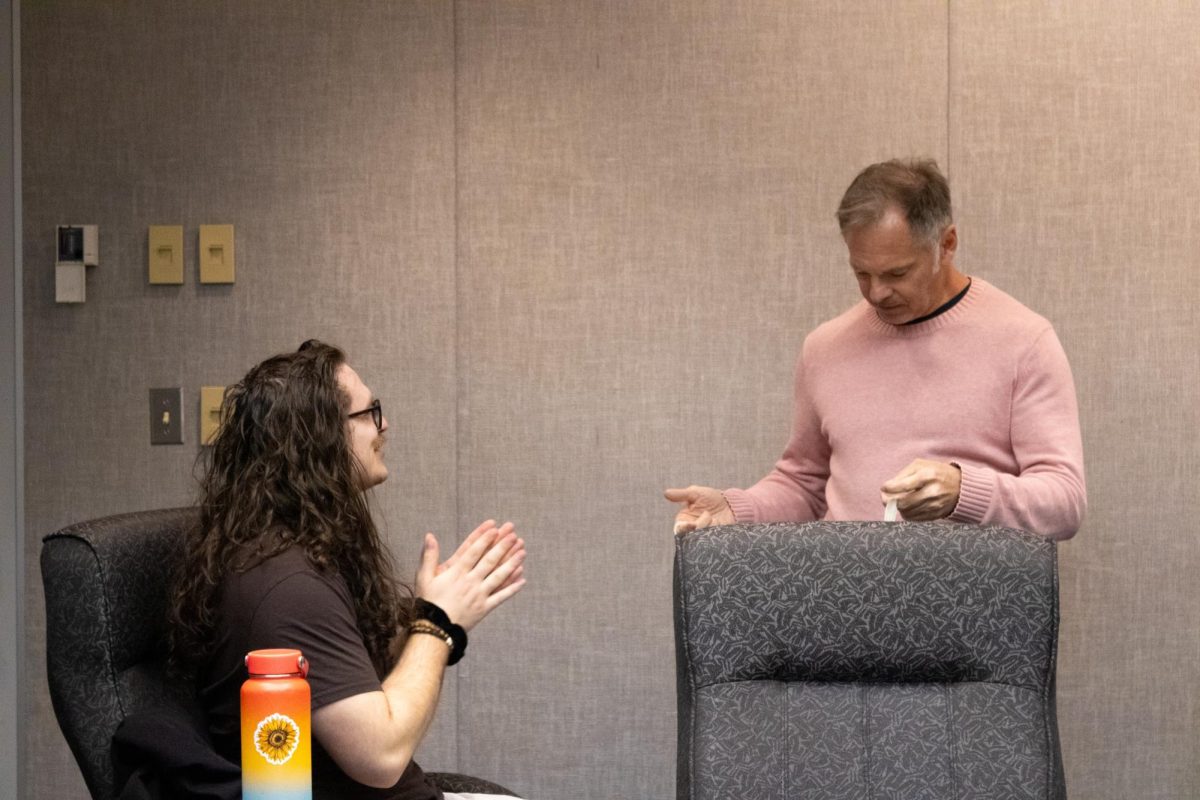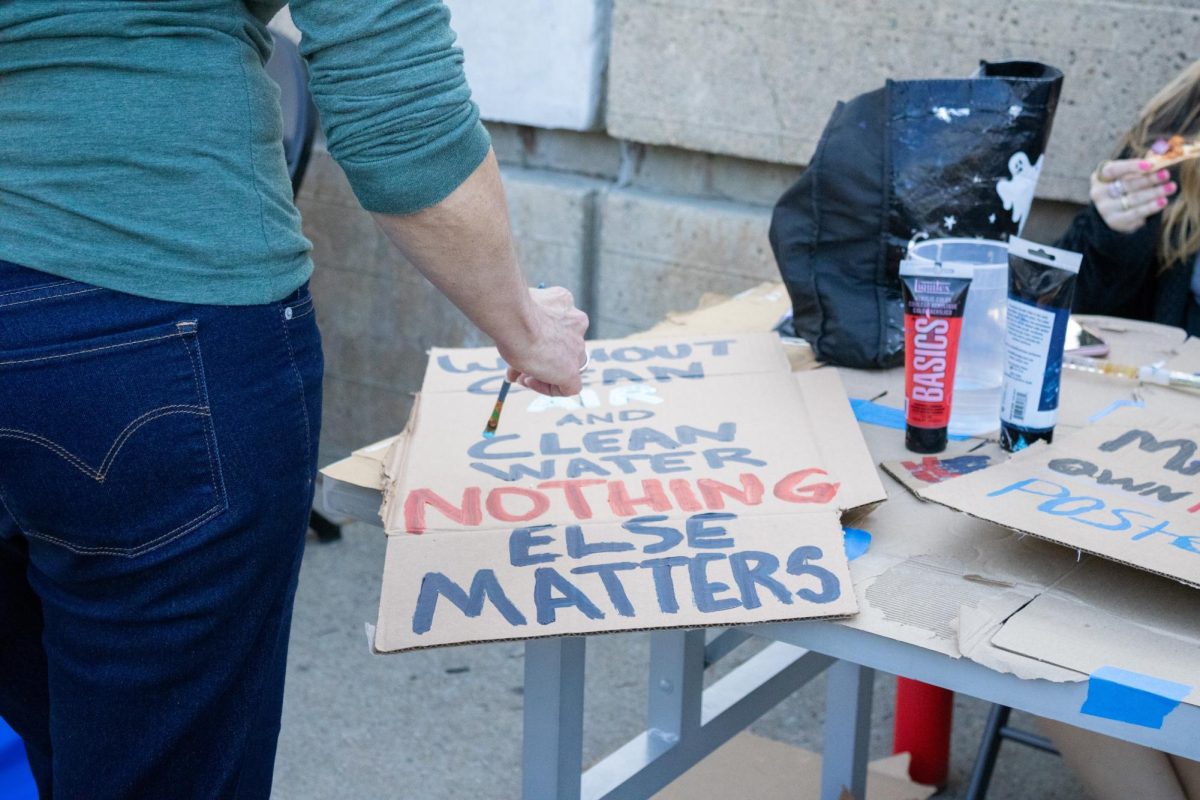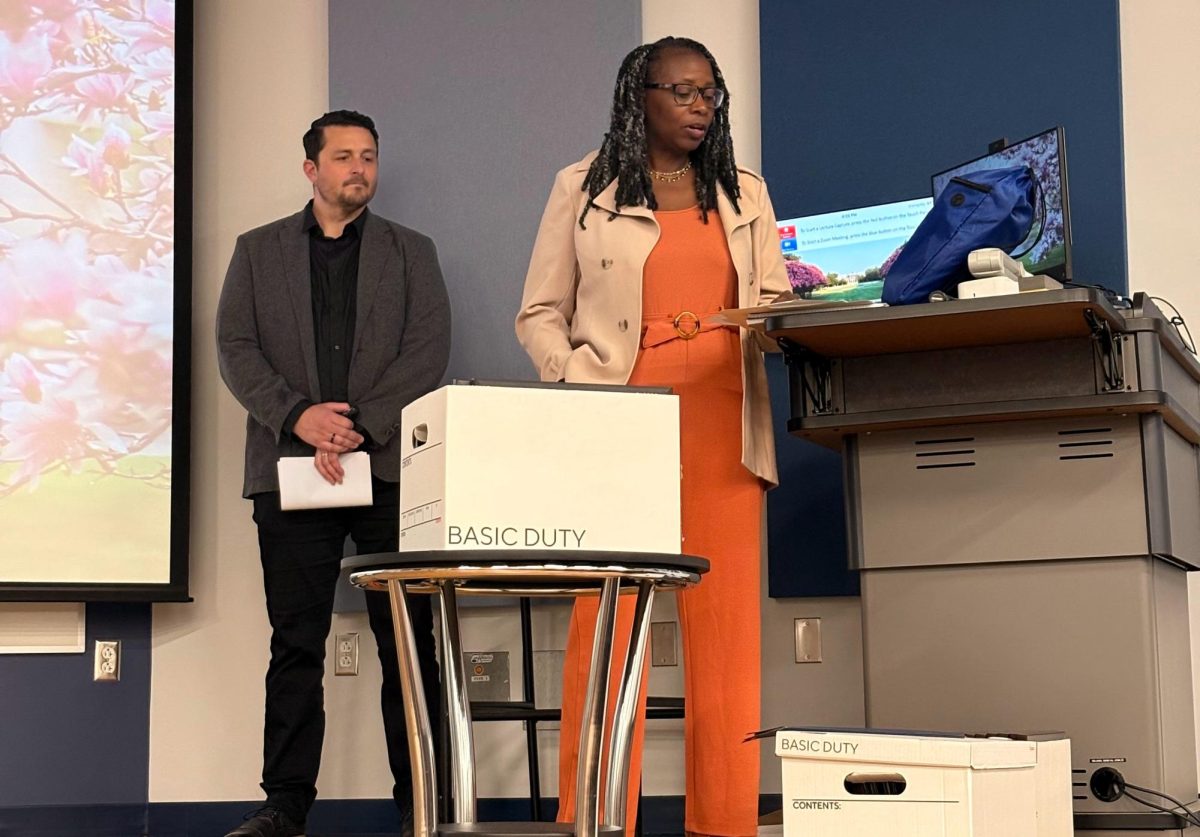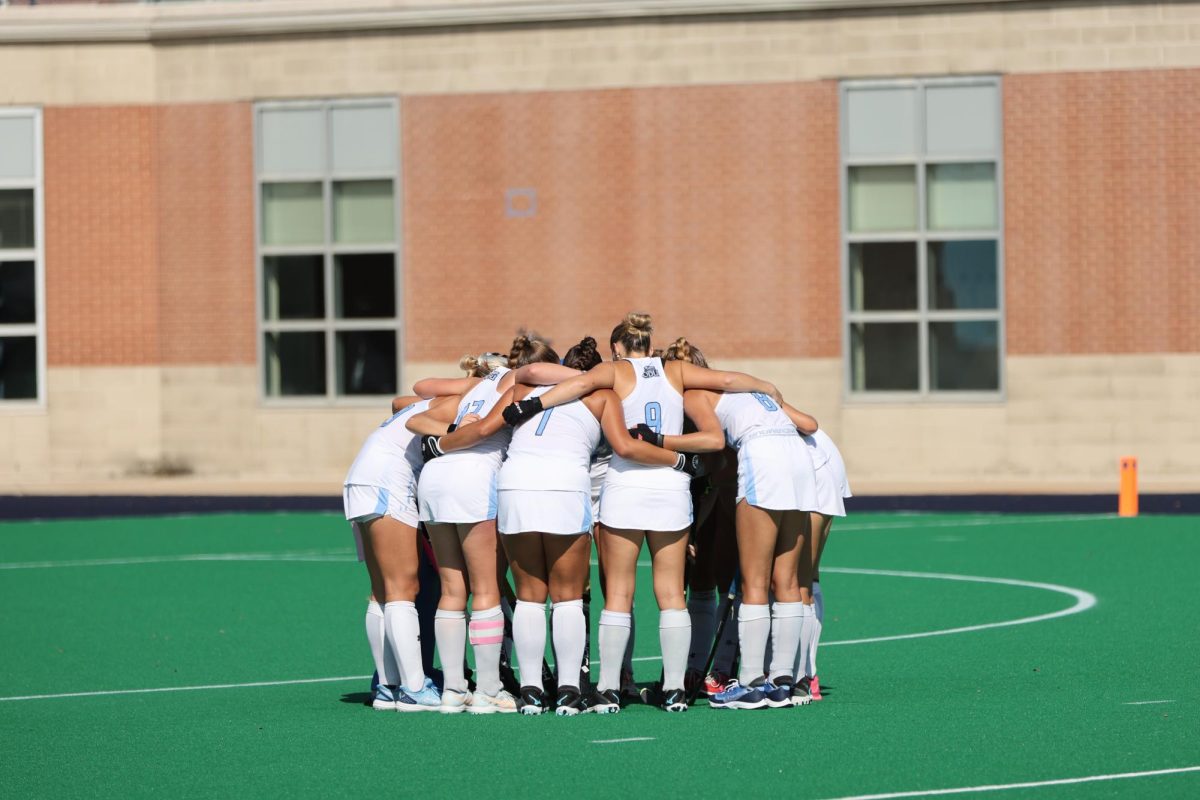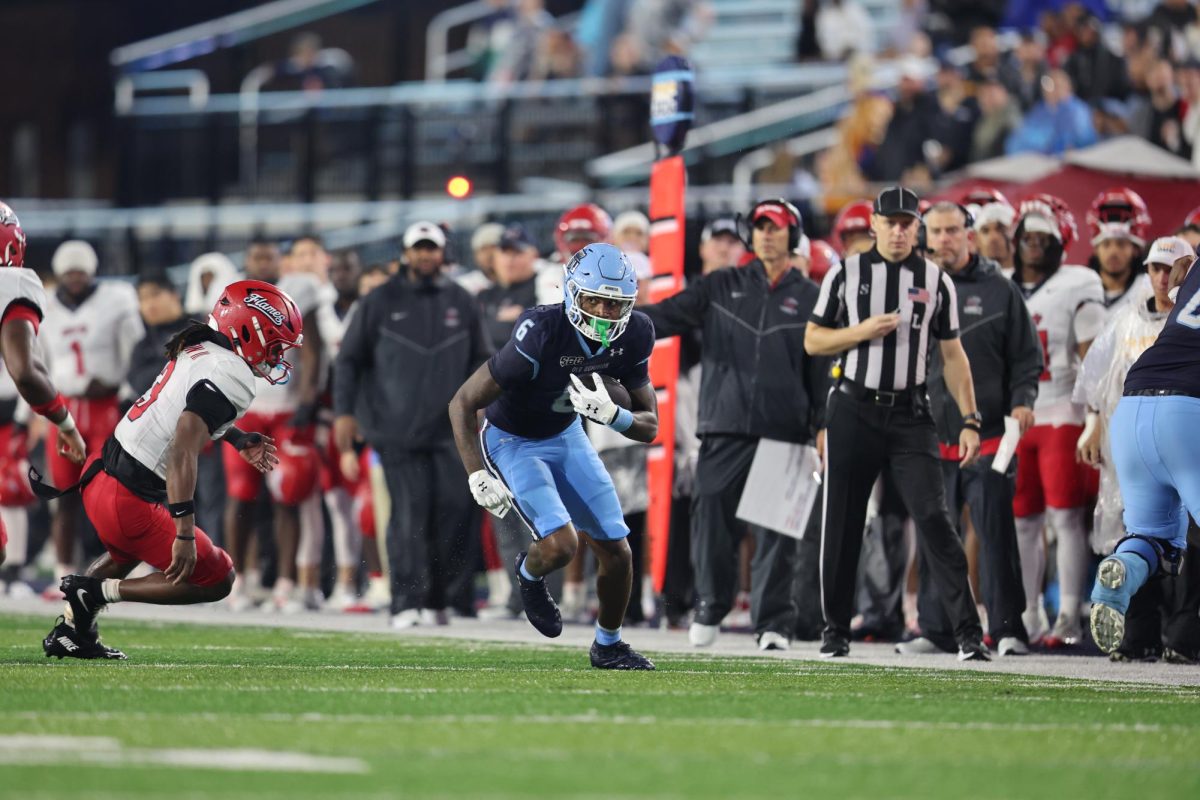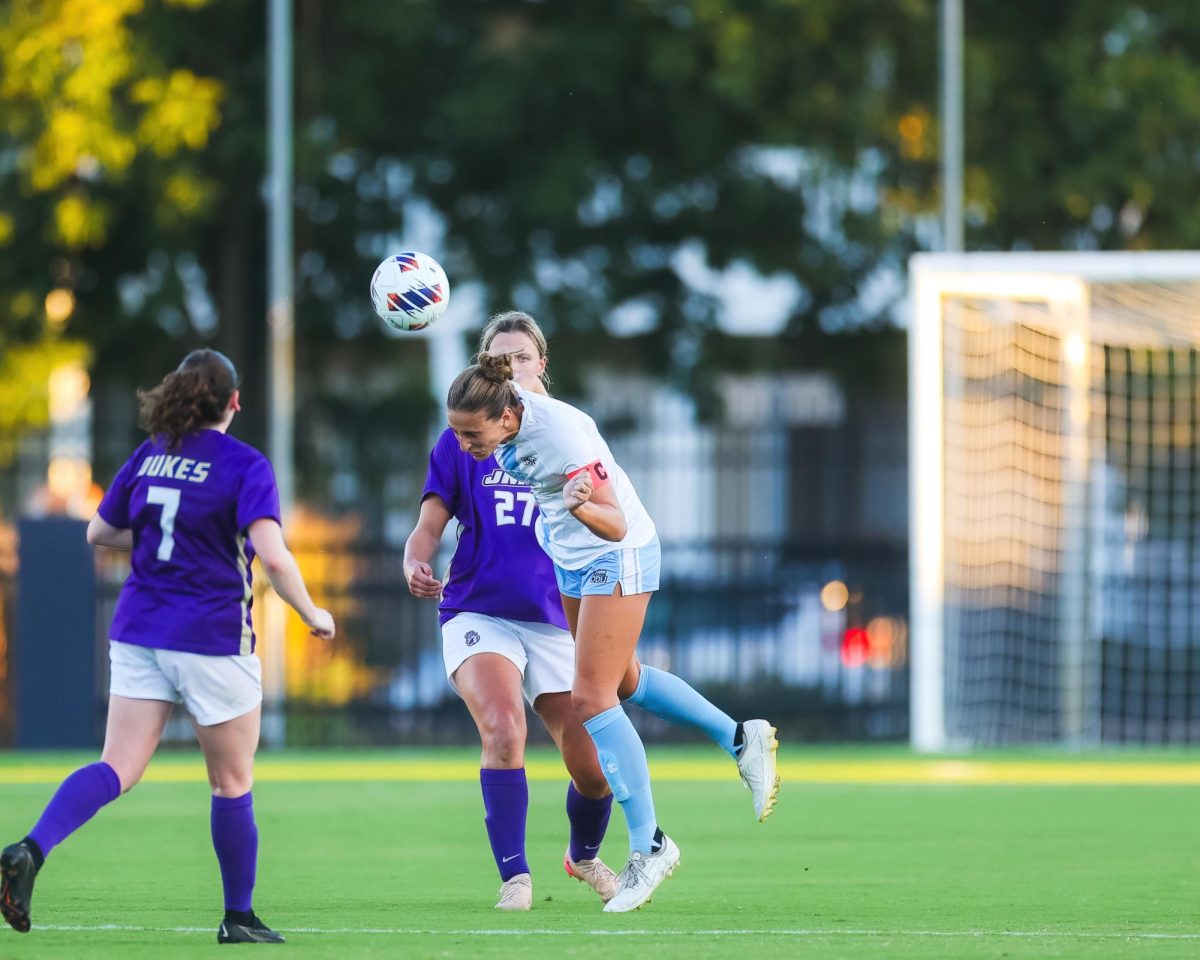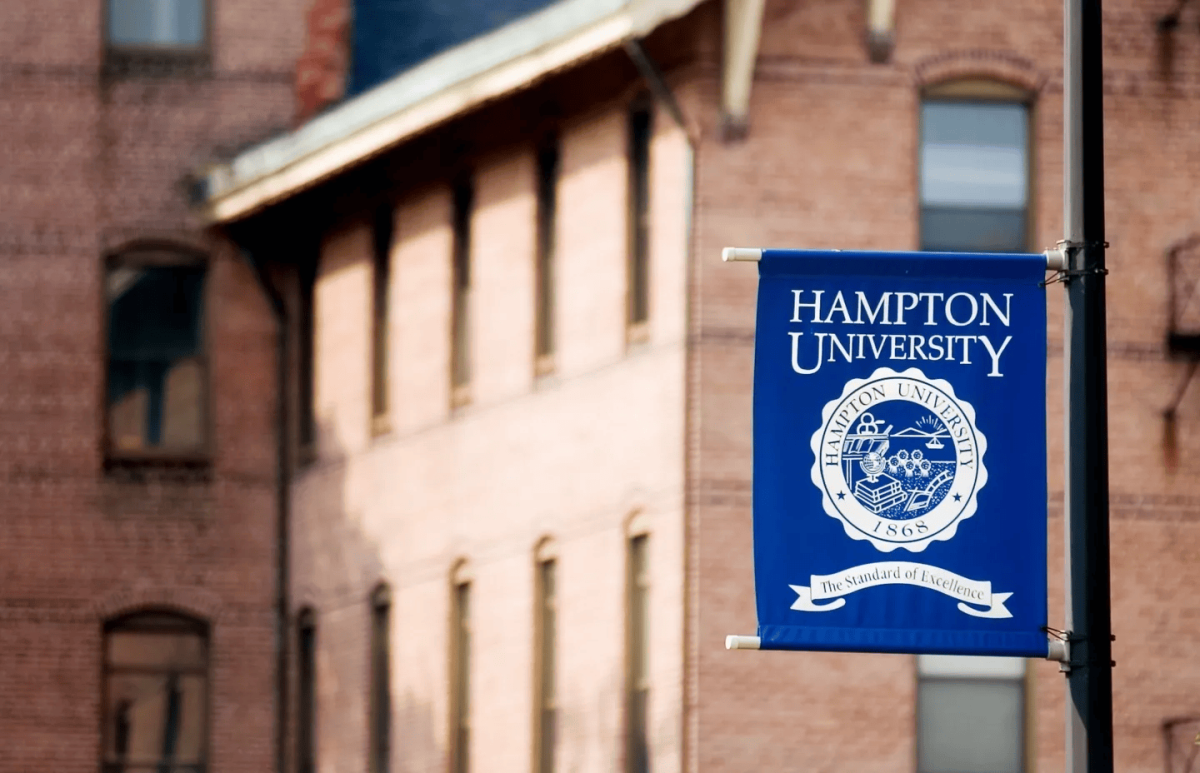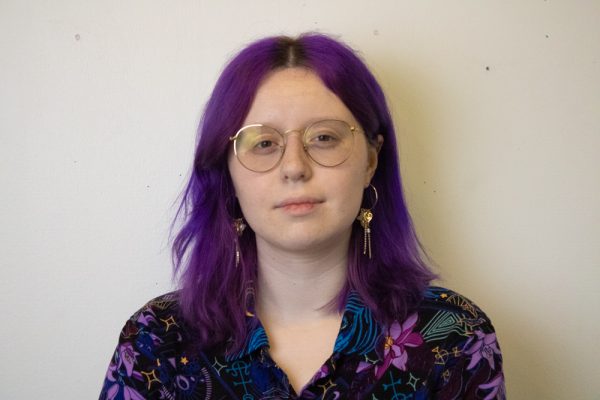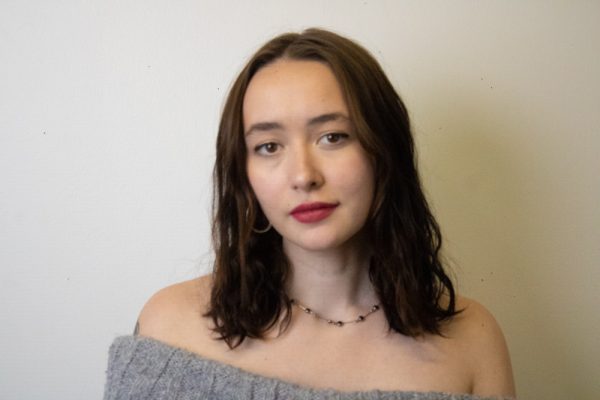On Feb. 2, the William & Mary Middle Eastern Music Ensemble performed a concert at ODU called “Voices for Peace.” Though usually led by Dr. Anne Rasmussen, who originally established the ensemble in 1994, this year’s concert was led by interim director Zach Aravich.
Early on in the concert, percussion player Jaden Shahin gave a short speech about the current events taking place in Palestine and Israel, stating that “we mourn the loss of these [Israeli] lives just as we mourn the loss of Palestinian lives.”
As the speech continued, Shahin said, “The common belief in our Western society is that Israel has the right to self-defend against these attacks but is the death of 26,000 civilians and the displacement of 1.9 million a proportionate response?”
Afterward, there was a moment of silence for all the lives lost in the war since Oct. 7. At the end of the concert, there was a donation box to raise money for Palestinian children.
Although Palestine influenced the concert’s repertoire with pieces such as “Hayabyib” by Rowhi Khamash and “Wayn ar-Ramallah.”, the ensemble played original pieces from all over the Middle East. One of the most breathtaking songs was “Sa’aluni an-Nass” by the Lebanese songwriter Rahbani. Vocalist Pooja Muthuraj’s performance was also incredibly memorable.
The percussion ensemble gave impressive and highly coordinated performances with fast-paced hand movements. Shahin and Ghada Bakbouk left jaws on the floor with their performance on the tablah and riqq.
The Middle Eastern Musical Ensemble typically includes guest artists in their various performances. This concert included guest artist LAiTH ALATTAR, a social psychologist and musician, who played the ‘ud (an instrument similar to a lute) alongside ensemble members and provided vocals for several of the songs.
The ensemble made sure to keep the night alive and encouraged audience participation throughout the entire show. At the end of the show, the ensemble played some audience-suggested songs and dance music of their choice. With words of encouragement from the ensemble to dance, three people stood up, locking hands and dancing around the auditorium. More audience members created a large line of friends and strangers alike. By the end of the performance, twenty people on stage skipped around the vocalists.
The entire concert educated the audience on Middle Eastern music and instruments. Traditional Middle Eastern instruments like the ‘ud, nay, and qanun were used in tandem with the violin and cello, giving the ensemble a unique blend of modern and traditional sound.
Dr. Rasmussen personally introduced each member of the ensemble by name, instrument, and brief personal information such as when they joined the ensemble or what year they were. Though Dr. Rasmussen was on sabbatical leave from William & Mary, she still joined the ensemble on the qanun, and encouraged the audience to sing and clap along to the music, even singing along herself.
The Middle Eastern Musical Ensemble is open to students, faculty, and community members to study and perform traditional music from various Middle Eastern and Arab countries. This year’s concert was the ensemble’s second ODU performance, and we look forward to hosting them again next year.


